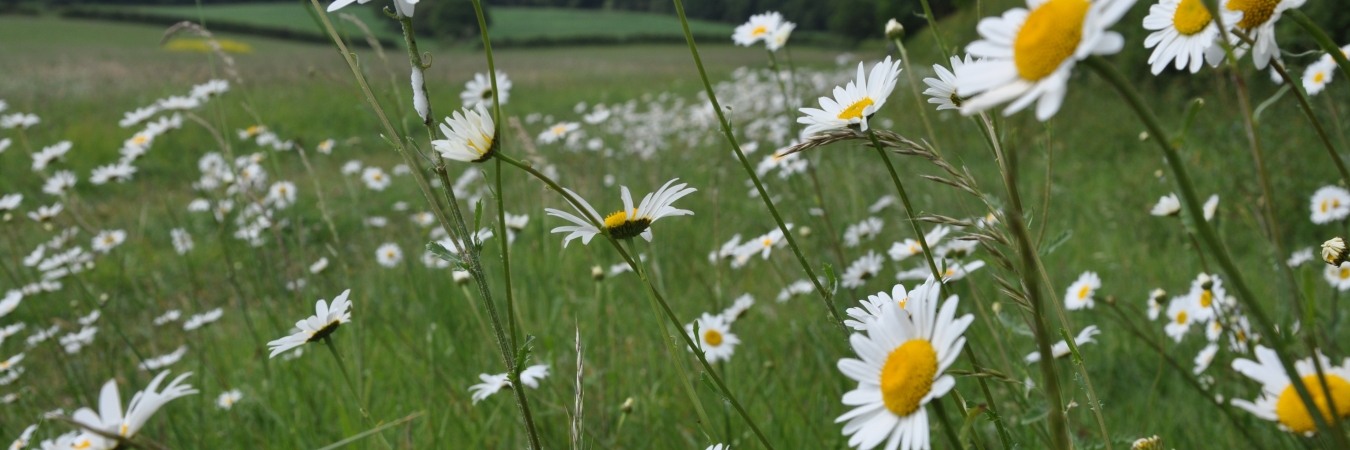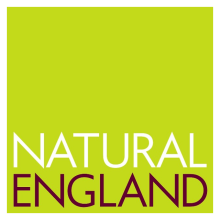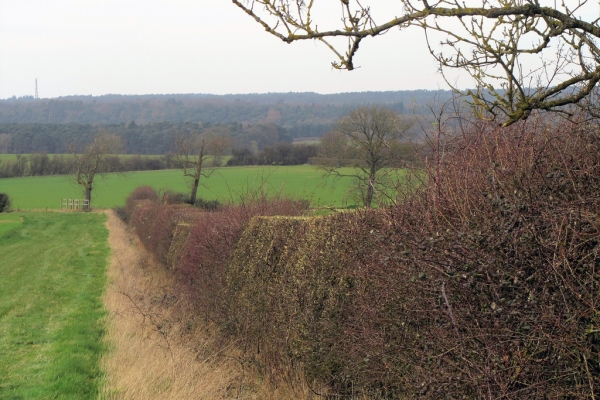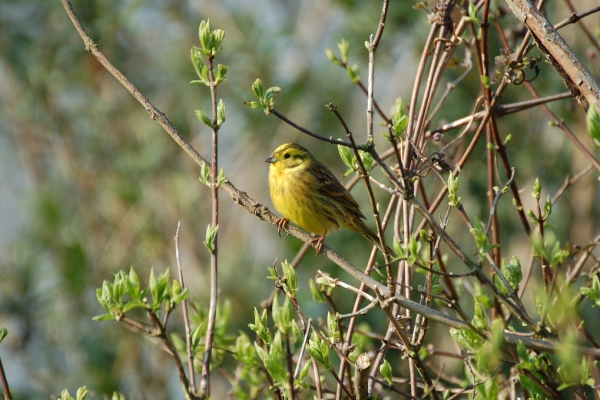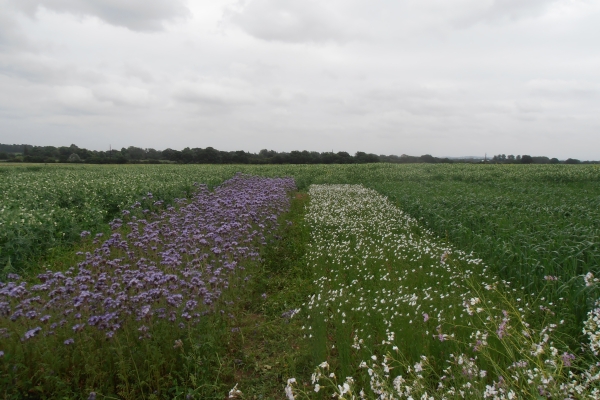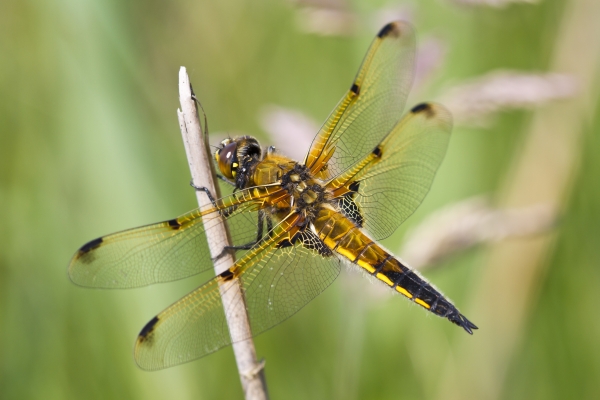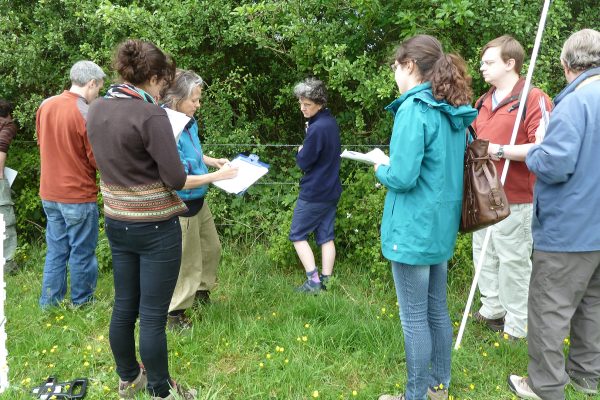Uncropped habitats for farmland wildlife
Wildlife conservation in field margins, hedgerows, woodland and scrub - Wildlife & Farming handbook
Resource explained
Viewed from the air, lowland farmland is often likened to a patchwork quilt, with arable or grass fields joined together by a network of field margins, hedgerows, scattered trees and small copses. The patches of the quilt – the productive fields – are not very hospitable to wildlife, so the uncropped habitats play a vital role in helping wildlife to survive. These illustrated chapters from our Wildlife & Farming handbook bring together useful information on managing field margins, hedgerows, woodland and scrub for wildlife, and highlight case studies from WildCRU research, including the importance of hedgerow trees for moths, how field margin management can help butterflies, and ways to encourage hedgerow small mammals. Chapters include management summaries, and the Countryside Stewardship options most relevant to these habitats.
Findings & recommendations
Uncropped habitats, such as field margins, hedgerows, woodland and scrub, are vitally important for farmland wildlife. For example, hedgerows provide foods at different times of year, woodlands offer roosting sites for bats, and patches of scrub are valuable for bird and insect life. Field margins and hedge bases provide nesting sites, cover from predators, refuge from farming operations and overwintering sites for predators of crop pests. Uncropped habitats can act as stepping stones and corridors for wildlife, helping species move through the landscape.
- Field margins or buffer strips will benefit a range of farm wildlife species. A range of different management options are possible.
- Hedgerows are of great value to farmland wildlife. If possible, trim them not more than once every three years and aim for a variety of hedge heights. Hedge-laying or coppicing can rejuvenate hedges, and hedgerow trees should be protected.
- Farm woodlands and scrub with native species, managed for a range of structures and varying light levels, will result in a rich diversity of wildlife.
- WildCRU studies are highlighted that show, for example, the wider and better linked hedgerows are, the more small mammals they support, and that woodlands and hedgerow trees help conserve wider countryside moths.
(Header image: Sown field margins. Photo credit: Ruth Feber)
